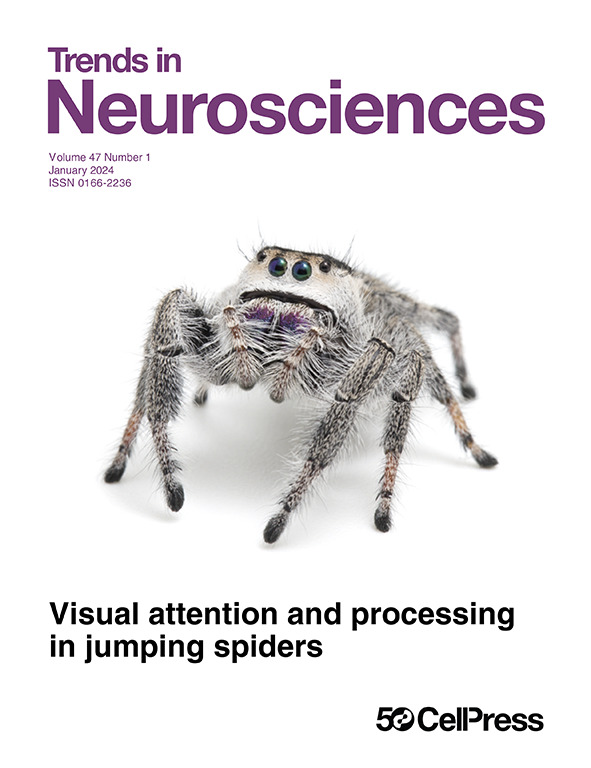协调神经胶质细胞和神经元的能量策略。
IF 15.1
1区 医学
Q1 NEUROSCIENCES
引用次数: 0
摘要
记忆巩固需要快速向神经元提供能量。在最近的一项研究中,franc本文章由计算机程序翻译,如有差异,请以英文原文为准。
Coordinating the energetic strategy of glia and neurons for memory.
Memory consolidation requires rapid energy supply to neurons. In a recent study, Francés et al. revealed the signal by which a neuron commands glia to limit fatty acid synthesis in favor of metabolite export during memory formation in Drosophila melanogaster. This mechanism coordinates just-in-time glial energy delivery in response to dynamic neuronal needs.
求助全文
通过发布文献求助,成功后即可免费获取论文全文。
去求助
来源期刊

Trends in Neurosciences
医学-神经科学
CiteScore
26.50
自引率
1.30%
发文量
123
审稿时长
6-12 weeks
期刊介绍:
For over four decades, Trends in Neurosciences (TINS) has been a prominent source of inspiring reviews and commentaries across all disciplines of neuroscience. TINS is a monthly, peer-reviewed journal, and its articles are curated by the Editor and authored by leading researchers in their respective fields. The journal communicates exciting advances in brain research, serves as a voice for the global neuroscience community, and highlights the contribution of neuroscientific research to medicine and society.
 求助内容:
求助内容: 应助结果提醒方式:
应助结果提醒方式:


